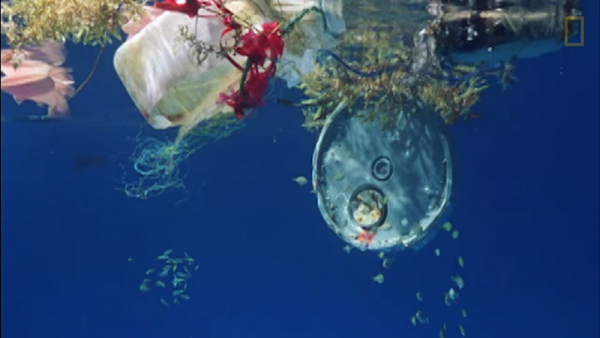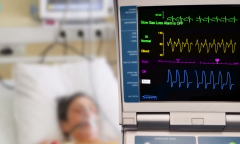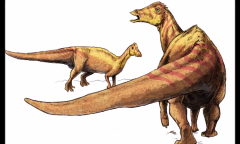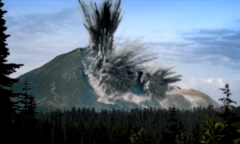By KM Diaz, | June 11, 2017

Marine researchers discovered a new type of trash called "microplastics" in which they feared to be the next big threat in the ocean. (YouTube)
Some of the most common materials that pollute the Earth's ocean are paper, metal, rubber, and of course plastics. Environmental and marine science specialists often described these as "marine debris". But recently, marine researchers discovered a new type of trash called "microplastics" in which they feared to be the next big threat in the ocean.
Like Us on Facebook
Microplastics are difficult to see with the naked eye as they only measure less than five millimeters. Magnifying technology is often required to see these particles from broken-down plastic fibers ended up in the sea, and marine life can ingest the particles.
Sean Anderson, Ph.D., leads research on the impacts of marine debris on fauna and flora in California's ocean and an associate professor of environmental science and resource management at California State University, Channel Islands, said that marine debris can be found everywhere. It could be seen in ocean's surface, beaches, and the amount increases in oceans now compared in the past.
However, the real problem is the ubiquity of microplastics. This could be a sign that we have already expanded our footprint on Earth, Anderson noted.
When marine organisms eat these microplastics, the outcome could harm the ecology and deadly for the organisms as well. Microplastics and microfibers can displace the natural behavior and natural food of critters. As a result, they need to use more energy, but their intestinal tracts will be blocked.
Director of the CSU Council on Ocean Affairs, Science & Technology (COAST), Krista Kamer, Ph.D., also agrees that microplastics are the next big threat in the ocean. The significant amounts of microplastics in the ocean could be a problem in the waters off California and around the world.
Plastics can have a chemical and physical impact in the marine environment. For example, researchers found birds whose stomachs are full of plastic yet starving. This is because they are literally full but cannot consume anything nutritious as the already accumulate toxic chemicals.
Anderson together with his team of undergraduate students conducted a survey to observe multiple crab species' digestive systems along California's coast. In their findings, most of the crabs were found to have been ingested microplastic fragments. The group also analyzed a particular organism in which they found it had consumed almost 100 fragments of microplastic, though the carb is similar to the size of a thumbnail.
Meanwhile, Kamer says COAST supports several projects that investigate the abundance of microplastics in California coastal habitats, what will happen if marine animals consume them, and how they act in marine systems. The result of the research could help California in protecting valuable marine and coastal resources.
-
Use of Coronavirus Pandemic Drones Raises Privacy Concerns: Drones Spread Fear, Local Officials Say

-
Coronavirus Hampers The Delivery Of Lockheed Martin F-35 Stealth Fighters For 2020

-
Instagram Speeds Up Plans to Add Account Memorialization Feature Due to COVID-19 Deaths

-
NASA: Perseverance Plans to Bring 'Mars Rock' to Earth in 2031

-
600 Dead And 3,000 In The Hospital as Iranians Believed Drinking High-Concentrations of Alcohol Can Cure The Coronavirus

-
600 Dead And 3,000 In The Hospital as Iranians Believed Drinking High-Concentrations of Alcohol Can Cure The Coronavirus

-
COVID-19: Doctors, Nurses Use Virtual Reality to Learn New Skills in Treating Coronavirus Patients











